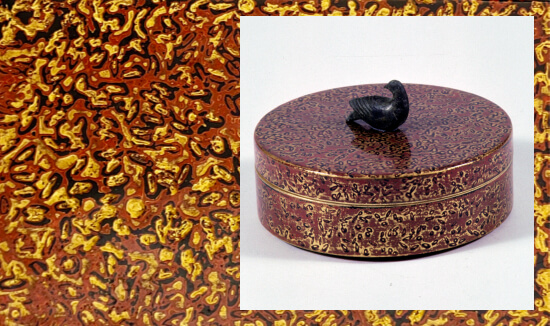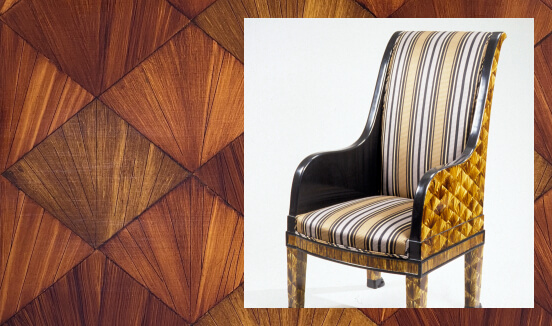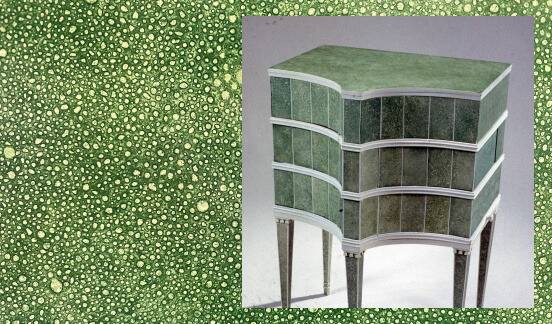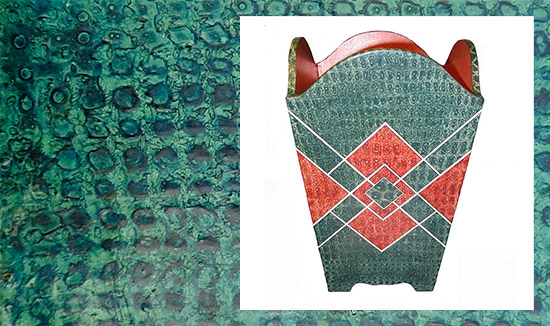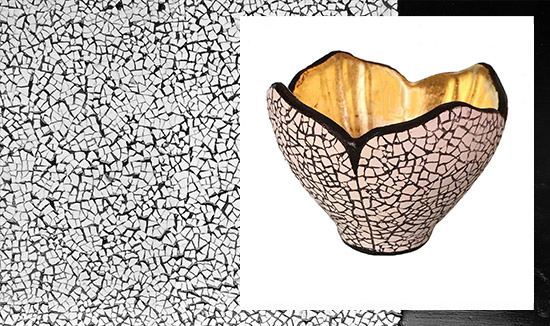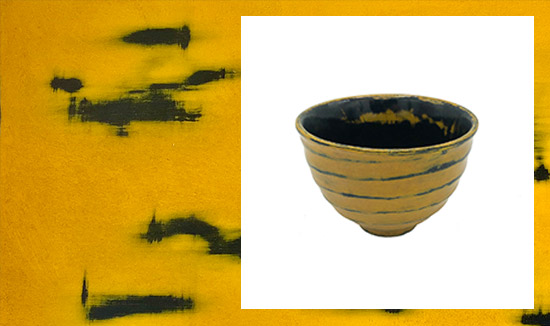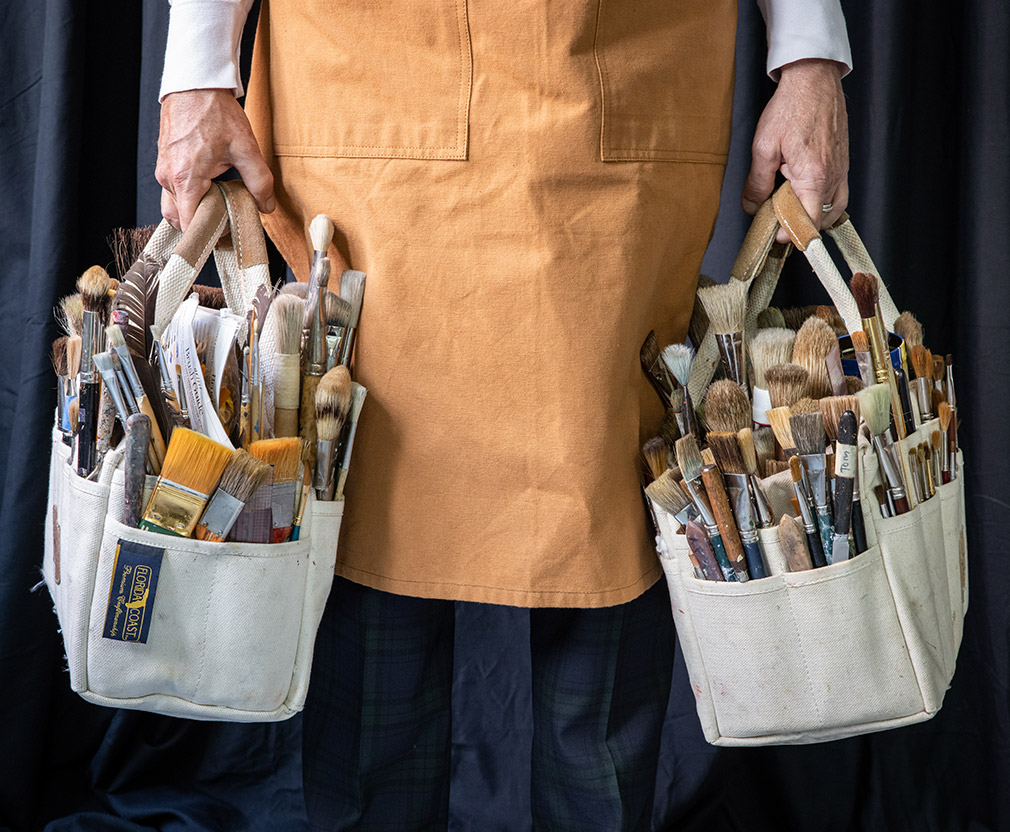
Mission
“I hope that those who share my admiration, who find beauty in painted surfaces, and who desire the pleasure of rendering them for creative satisfaction, will give themselves a time for learning,” wrote Isabel O’Neil, in the preface to her book, The Art of the Painted Finish.
Isabel O’Neil opened her eponymous Studio in 1955. A visionary teacher, conservator, and inventor in the field of decorative arts, once called, “the grande dame of American painted finishes,” by House & Garden magazine, she inspired many students to dedicate themselves to the continued teaching and preservation of the art and craft of the painted finish.
Today master artisan-teachers at the Isabel O’Neil Studio carry on the legacy of Isabel by guiding students through a traditional journeyman guild system that encourages creative innovation.
The curriculum, taught in person in New York City, is an exploration of painting techniques that build upon students’ skills and creativity as they acquire the confidence to execute finishes of the highest historical and contemporary quality on furniture and objects. The Studio is more than a school; many who have completed the program remain connected to the community it fosters, often returning to teach.
The Art of the Painted Finish
The philosophy behind the Art of the Painted Finish celebrates the vitality inherent in individual artistic expression. Rather than simply teaching students how to render imitations of nature with painted faux finishes, our unique teaching philosophy encourages the innate creative desire within each student. Fantasy, imagination, and expression are the hallmarks of our curriculum.
In a treatise defending the Art of the Painted Finish, it was written that the student has the ability to produce, “patinations never seen in wood or mineral…forms and designs that cannot be found in the sky or on the earth…hues and tints not mirrored as such in our world.”
The Creative Process
At the beginning of each course, with guidance from their teacher, students select one or more pieces of furniture or an object appropriate to the painted finishes under study, and imagine transforming it. Students find design inspiration from our in-house library, an extraordinary visual arts resource, and external sources including art collections, the natural world, and their own imaginations. Materials found in nature, such as stones, woods, and skins, and gilding techniques in leaf and metallic powders, provide an unlimited array of classic and modern decorative patterns and design elements for students to explore. As students transform their objects, their own distinct style and language for the craft is sparked and developed. Artisans leave our courses having acquired the techniques and vision for creating hand-painted, bespoke pieces that exemplify the Art of the Painted Finish.

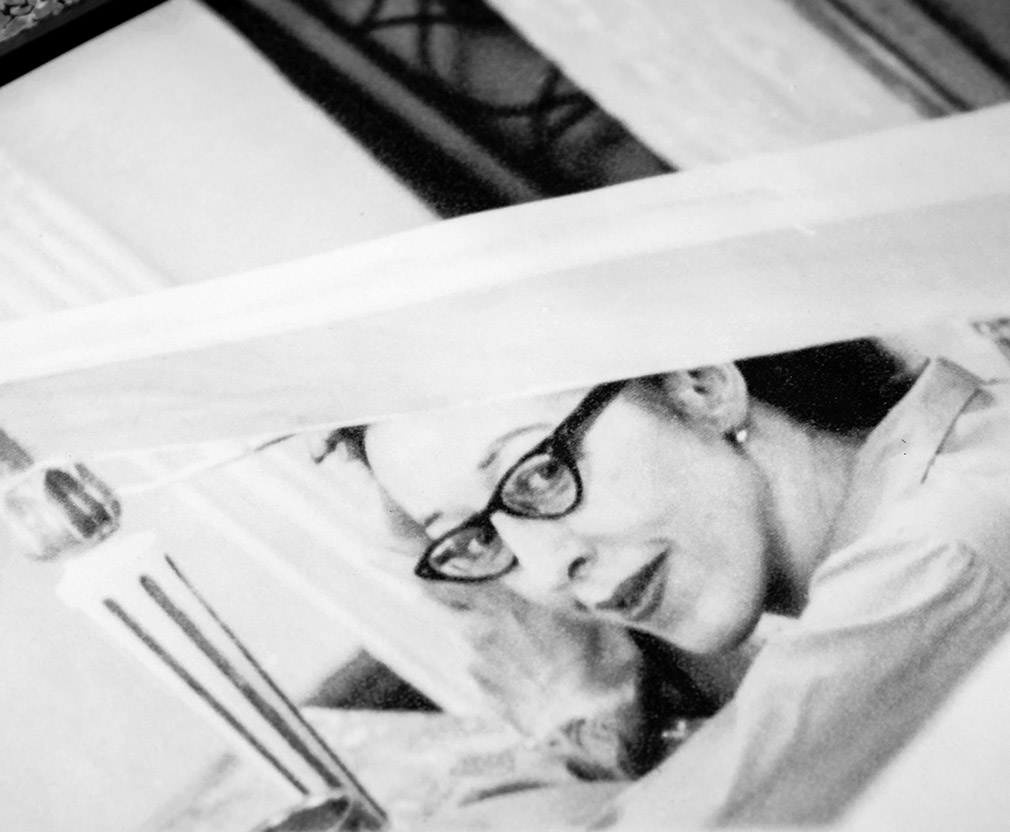
ISABEL O’NEIL
Isabel O’Neil (1908-1981) was an acclaimed authority in the field of decorative arts. A New York-based conservator, teacher, and inventor of painted finishes, she was often called upon to restore painted finishes on antique furnishings. She found great inspiration in the techniques and materials used by European craftsmen.
Isabel’s early curiosity in replicating Old-World craftsmanship led her to study at Skidmore College and Yale University, where she researched the historic origins of the painted finish. Then she traveled to Europe to observe the working methods of skilled craftsmen. Upon returning to her New York studio, she replicated the historical European methods she studied and introduced modern materials to her process.
Isabel dedicated her life to teaching and perpetuating the Art of the Painted Finish. Throughout her teaching career, she accumulated a body of historical information, contemporary resources, and innovative procedures. Using 20th Century materials, she formulated new methods of achieving faux and fantasy finishes to simulate precious materials including marble, rare wood marquetry, tortoise shell, ivory, shagreen, lapis lazuli, and malachite.
The publication of her 1971 book, The Art of the Painted Finish for Furniture & Decoration, gave her further acclaim as an authority in painted finishes. Featuring more than one hundred and fifty finishes, it remains the standard for the most comprehensively-written reference and instructional guide on the subject.
The Studio
Admirers of Isabel’s work persuaded her to teach and in 1955 she founded her eponymous studio workshop. In Europe she discovered the method of instruction she used as a model for her school: the guild system of the Renaissance. In this system, novice students learn through apprenticing under master craftsmen. Skilled apprentices, in turn, instruct new students. This method of teaching and adherence to the recommended curriculum ensures that every student has the same training and each student understands and maintains the exacting standards of the Studio.
Since its inception, the Isabel O’Neil Studio has grown into an internationally-recognized art school, with works exhibited at The Museum of the City of New York and a curated collection featured at Tiffany & Co. Today the Studio remains true to its founder’s vision, and includes a cadre of Studio-trained instructors who are dedicated to maintaining the highest standards and traditional methods of the Art of the Painted Finish. The eagerness of students to continue in this craft has encouraged the development of additional finishes and workshops to teach the process.

Finish Gallery
